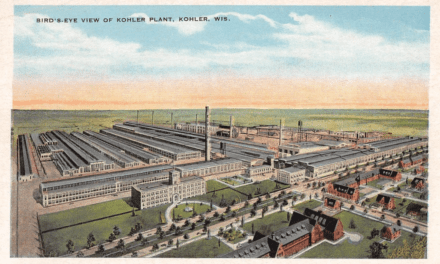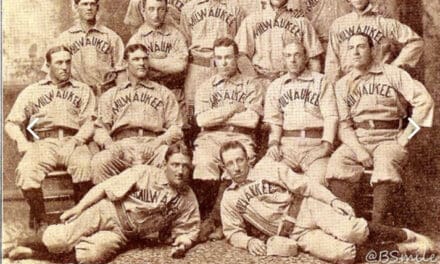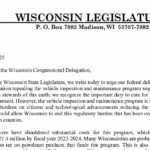The nickname “Badger” for Wisconsinites has its roots deeply embedded in the state’s lead mining history, specifically from the southwestern regions during the 1820s and 1830s. This era, akin to the Gold Rush but earlier, saw an influx of miners into what would become known as the “Lead Region” around Grant, Iowa, and Lafayette counties.
Mining for lead ore began in earnest around 1827, attracting prospectors from the southern United States, notably Missouri, Illinois, and Kentucky. These miners carved into the hillsides, creating temporary shelters within the mines themselves due to the lack of permanent housing. This practice of living in the mines during the cold Wisconsin winters led to the miners being likened to badgers, known for their burrowing habits.
Henry Dodge was pivotal during this time. He not only mined lead but also served as the first governor of the Wisconsin Territory when it was established in 1836. His influence helped in organizing the mining communities and defending against Native American incursions
Lucius Lyon, arriving in 1829 as a U.S. surveyor, played a crucial role in mapping the area, including what would become Mineral Point, a focal point of the lead mining boom
Henry Gratiot established Gratiot’s Grove, which included smelting operations, boosting local economy and mining infrastructure.
The term “Badger” as a nickname for residents didn’t officially appear in print until around the mid-1840s. An early reference can be found in the 1846 “Milwaukee Sentinel,” where it was used in a humorous context. After Wisconsin achieved statehood in 1848, the nickname became emblematic of the state’s identity, especially with its mining heritage.
Today, the “Badger” moniker symbolizes more than just mining; it represents the tenacious, scrappy nature of Wisconsinites. This is reflected in cultural icons like the University of Wisconsin-Madison’s sports teams, the Badgers, and the state’s official animal, the American badger. See: Five Fast Facts about Bucky Badger
As lead mining waned, giving way to agriculture, the legacy of this era persists in place names like “Lead Mine” and “Mineral Point,” serving as historical markers of an industrious past
The “Badger” nickname for Wisconsinites is not merely a historical footnote but a contemporary honor bestowed upon our people.
References and additional reading:
Current, R. N. (1976). The History of Wisconsin: The Territorial Years, 1836-1848. State Historical Society of Wisconsin.
Gara, L. (1962). The History of Wisconsin: The Civil War Era, 1848-1873. State Historical Society of Wisconsin.
Kasparek, J. (2003). Lead Mining in Southwestern Wisconsin. Wisconsin Magazine of History.
Meyer, S. (1994). Wisconsin: A History. W.W. Norton & Company.
Nesbit, R. C. (1973). Wisconsin: A History. University of Wisconsin Press.
Smith, A. H. (2001). The Badger State: A Documentary History of Wisconsin. Wisconsin Historical Society Press.
Theobald, W. (1966). The History of the Lead and Zinc Mining Region of Wisconsin. Wisconsin Academy of Sciences, Arts and Letters.
















